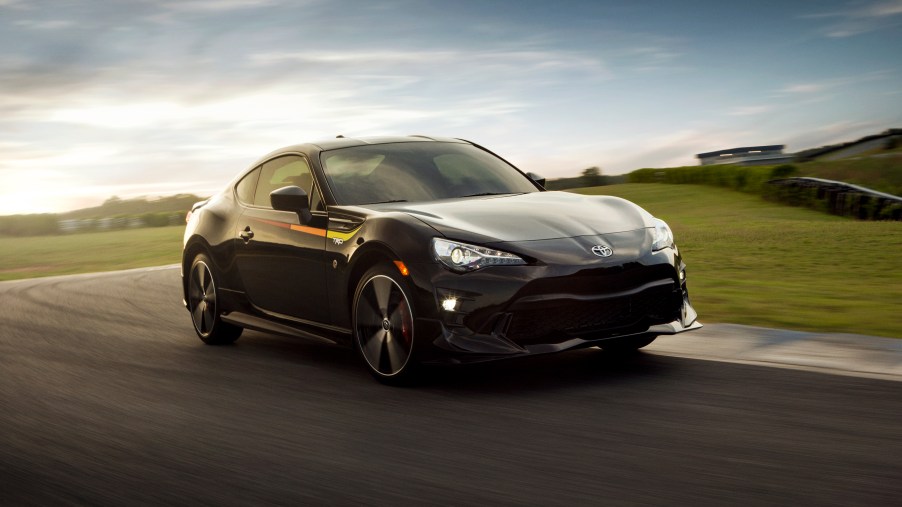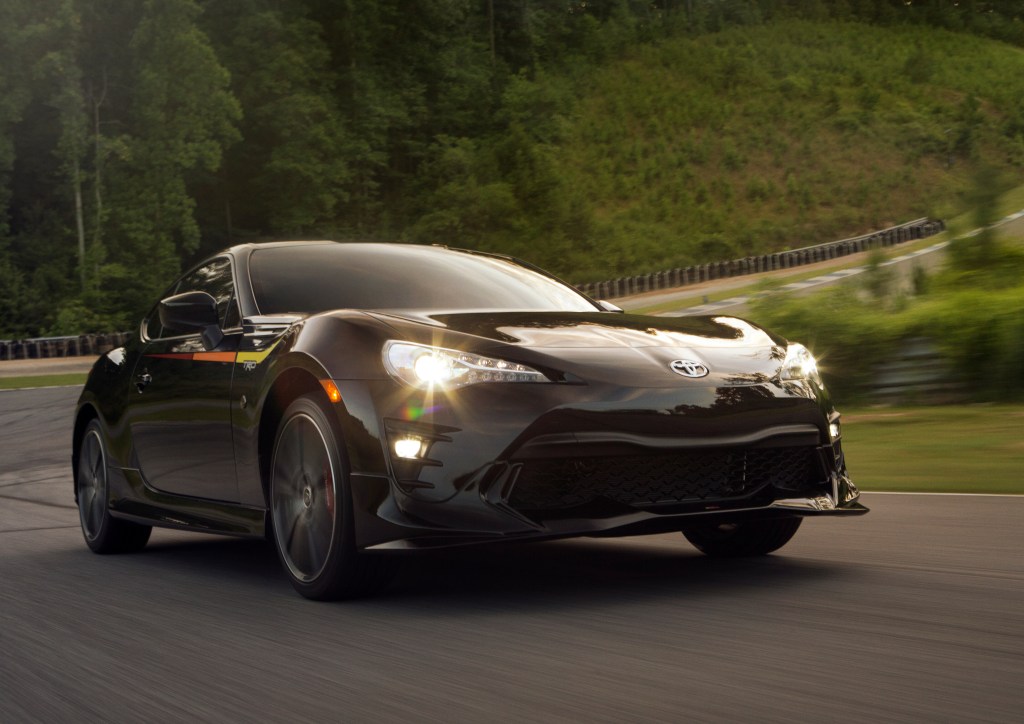
Is Supercharging a Toyota 86 a Good Idea?
When it comes to making a well-balanced sports car, automakers typically need to focus on handling, power, and weight. It takes a lot to get it just right while trying to please the masses. Such is the case for the Toyota 86.
Since the FR-S/BR-Z/86 introduction in 2013, many have lamented that the car’s 200 horsepower rating is just not enough. If that’s the case, then would adding a supercharger to the mix be a good idea?
Balancing the well-balanced
Let’s face it, much like the Mazda MX-5 and the Honda S2000, the Toyota 86 wasn’t meant for all-out speed. It was meant to cut through canyons like a hot knife through bread and put a smile on your face when you out-corner that Mustang on the freeway.
The 86 offers up a well-balanced ride in that its suspension was tuned to be compliant for the street, yet rigid enough for a casual track day. Car and Driver tested the Toyota 86 and came back with .089 g of lateral grip and a quarter-mile time of 14.8 seconds.
It sure is balanced, but it could be better.

Push some air
If you decide that you want to supercharge your Subaru BR-Z/Toyota 86, you’re in luck because there is a multitude of supercharger options currently available.
The folks over at Drifted.com put together this handy supercharger guide for anyone that wants to learn more about the options that exist.
If anything, just know that there are different types of superchargers that are good for different levels of power, which not only depends on the type of supercharger you’re using but also the type of tuning that comes with it.
What kind of power can you expect?
Any car enthusiast knows that when it comes to measuring horsepower, a lot of it is lost through the driveline (about 15 percent) and every dynamometer can measure a car differently.
Multiple websites and media outlets have measured the stock horsepower of the Toyota 86 through the years and they mostly produce about 170 horsepower to the wheels.
That’s not too bad, but if you add a supercharged, then you can expect power levels to increase about a 90 to 110 horsepower (to the wheels) upgrade over the stock setup.
Do your research
As always, when it comes to adding a major power adder like a supercharger, do your research as to which one would work best for you in terms of your budget and what type of driving you’ll do.
Are you looking to mainly drive your car on the street? Then the Edelbrock E-Force supercharger kit might work well for you. It’s also certified by the California Air Resources Board (CARB), so anyone in California can use it legally as well.
Are you planning to drive your car on the track? Then a centrifugal-type supercharger, which focuses a lot of the power in the higher RPM range, would probably work better.
Either way, just remember to do as much research as possible to figure out what works for your needs.
Is it worth it?
If you’re planning to add a supercharger to your Toyota 86, then expect to pay around $4,000 to $5,000, and maybe more if you factor in dyno tuning and installation cost.
Is 100 wheel horsepower worth $5,000? Some might not think so, but we think it’s a great idea because superchargers to maintain the overall drivability of the car while injected the much-needed fun that the Toyota 86 always needed.



